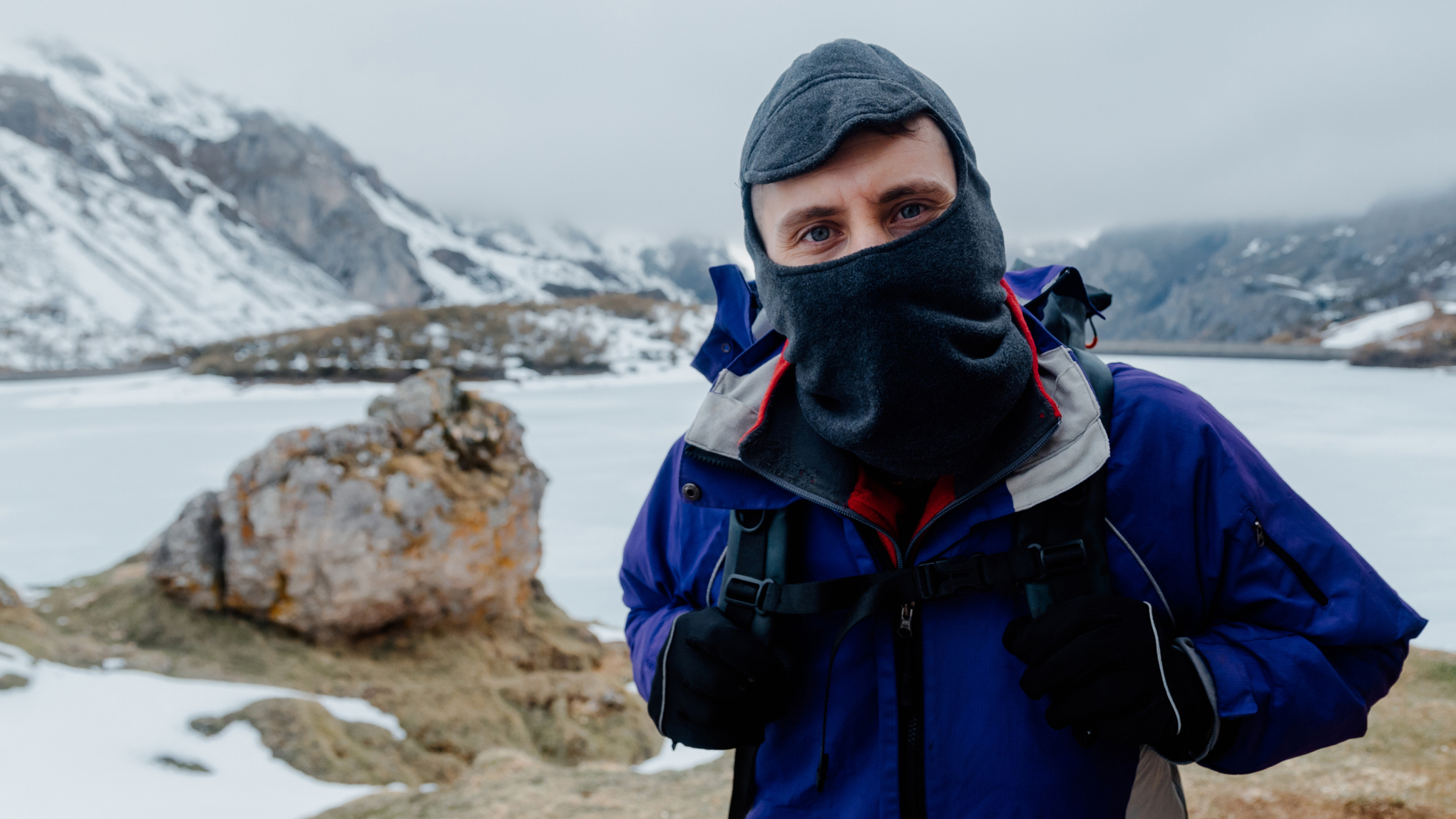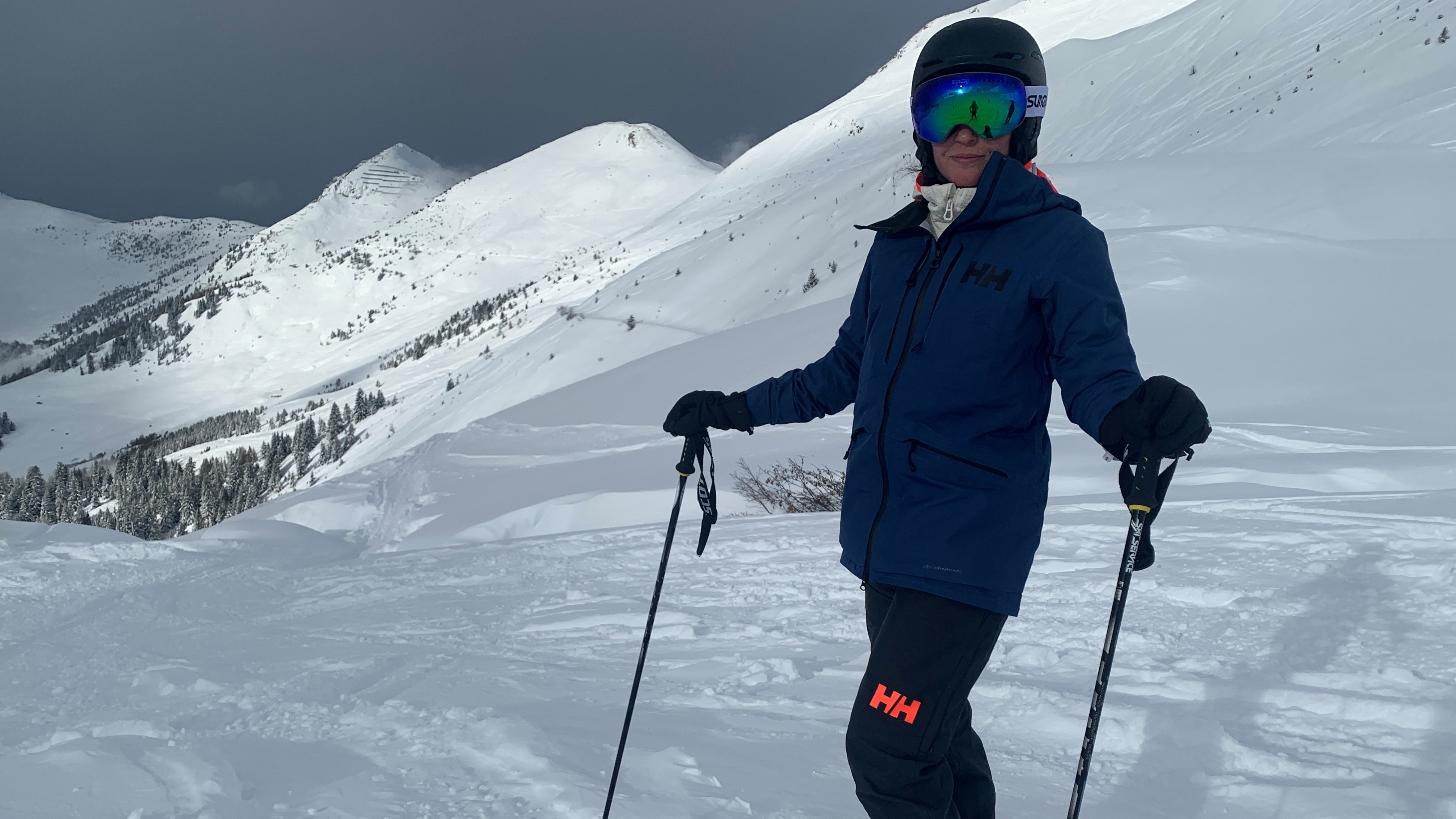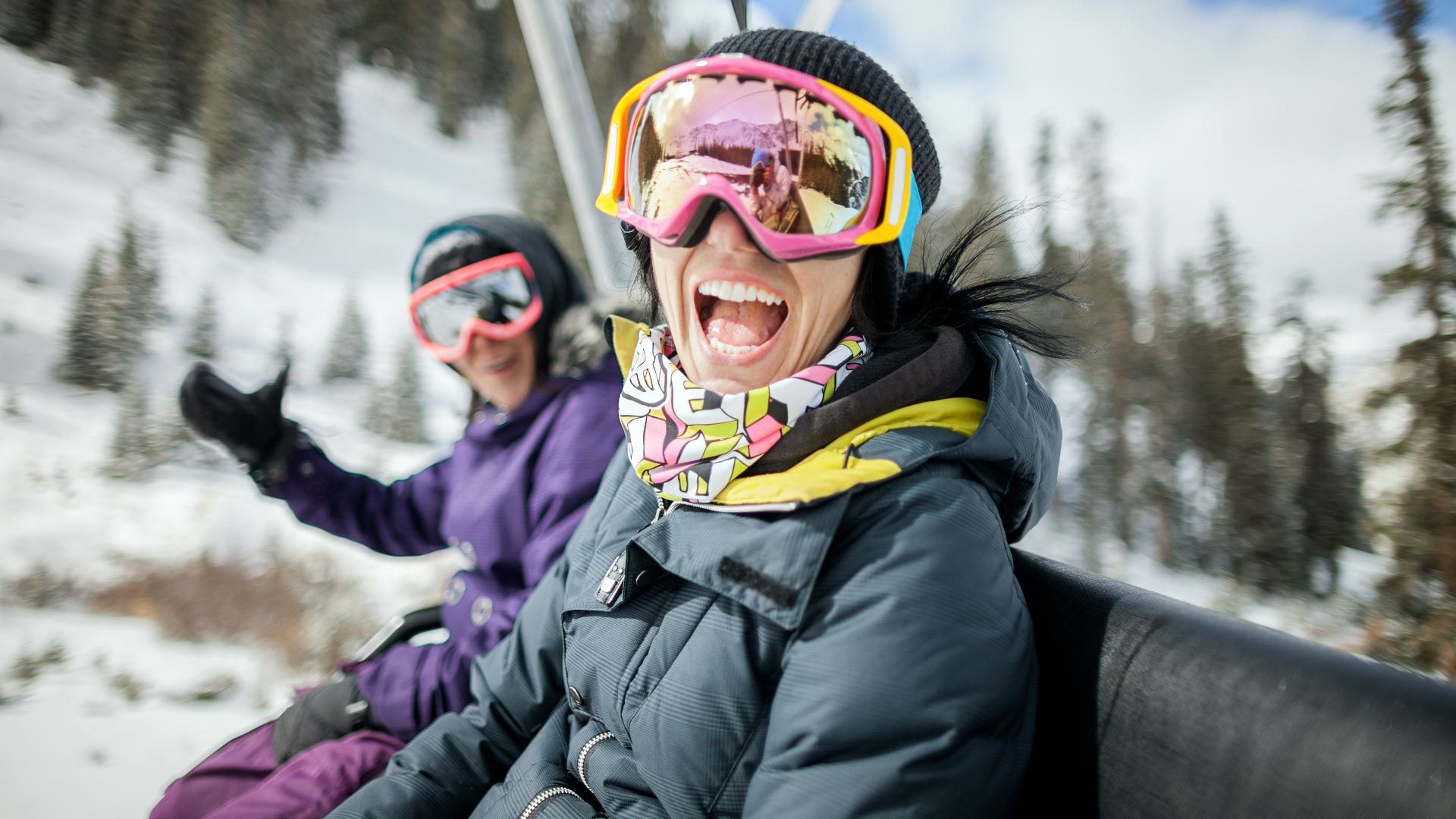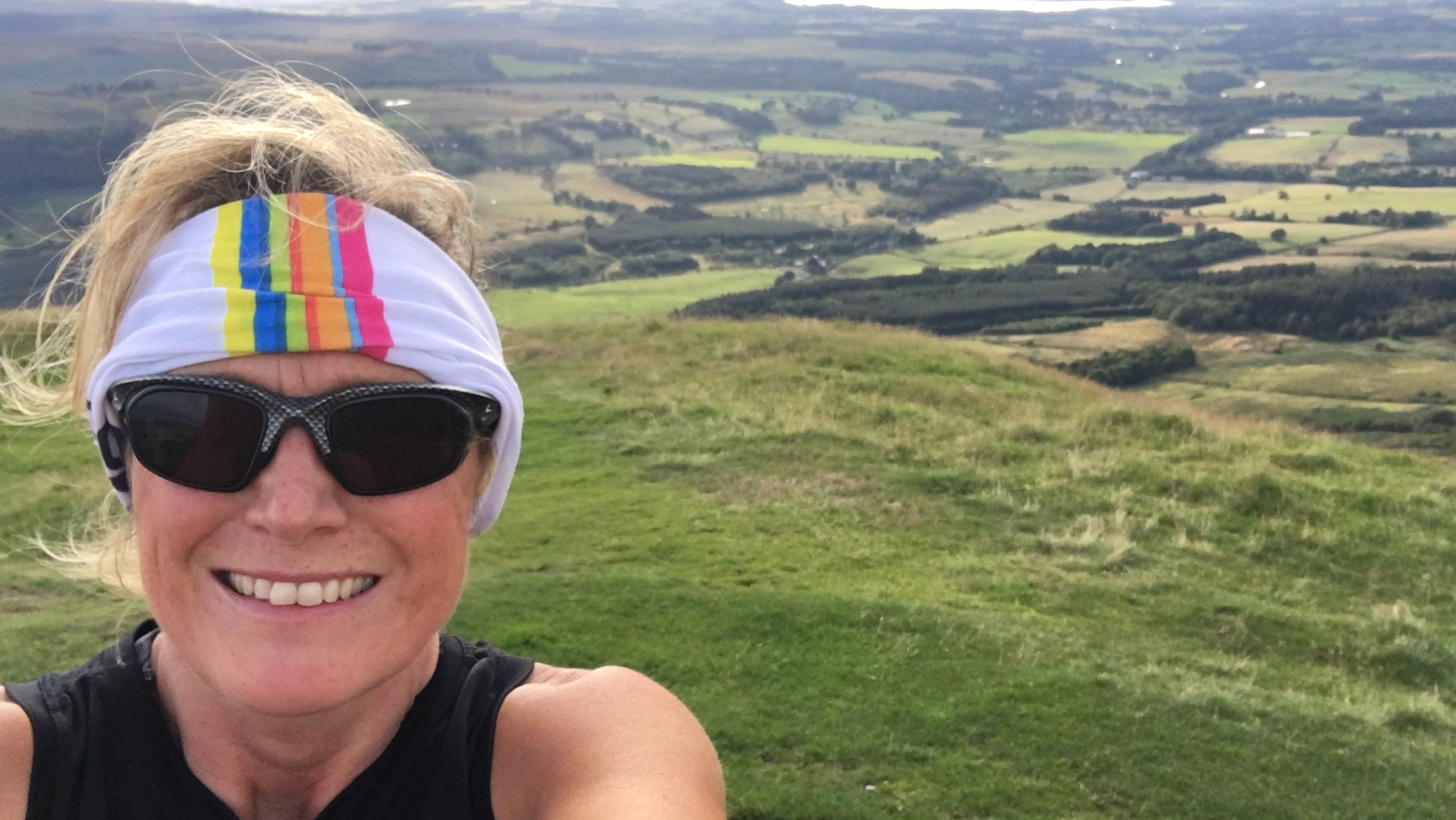Balaclava vs neck gaiter: which is ideal for winter activities?
Are you after the full-coverage, bank robber chic of the classic balaclava or the tube of elasticated fabric that is the now-ubiquitous neck gaiter?

Balaclava vs neck gaiter: one's the full-coverage option for seriously cold days, the other's a more versatile tube that's handy for various functions all year round. So, how to choose?
As the cold weather wears on, you end up covering more and more of your body each time you step outside. At first, it’s a running jacket for your morning jog. Soon, you wouldn't consider hiking without a beanie hat and hiking gloves. Before you know it, you’re wearing a base layer and thermal underwear beneath your outerwear and discovering the joys of windproof ski pants even when you're not actually skiing.
Eventually, the only skin that’s left exposed to the cold air is your face and, with frostbite being the last thing you want to content with this winter, you find yourself at the local gear shop holding a balaclava in one hand and a neck gaiter in the other, wondering which to choose.
Do you want to full-coverage bank robber chic of the classic balaclava or the simpler tube of stretchy fabric that is the now-ubiquitous neck gaiter? We weigh in on the balaclava vs neck gaiter question to help you decide which is best for winter sports.
Meet the expert

Julia is no stranger to winter adventure and the freezing cold conditions that can come with it. Based on the cusp of the Scottish Highlands, she's had some thoroughly testing days among the Munro peaks. Before moving back to her native Scotland, she spent 11 years living in Vali, Colorado, where she enjoyed many snowy days in the mountains.
Today's best deals
Warmth and protection
- The coverage of a balaclava provides more insulation than a neck gaiter
- A balaclava also provides a greater level of protection from frostbite

If you’re not seeking warmth, we’re not really sure why you’d be considering a balaclava or a neck gaiter in the first place and both options will definitely help keep you toasty. How warm they are of course depends in part on the fabric they’re made from – either one can be found in merino wool which is naturally insulating, while one made from cotton may not be so warm. But overall, the better coverage of a balaclava gives it a definite edge of a neck gaiter in the warmth department. The right balaclava will cover your head, neck, ears and the majority of your face, and have a snug fit to trap body heat, whereas a neck gaiter is a bit looser, but great for keeping the drafts out of your neck area. You can pull a neck gaiter up to cover the bottom half of your face, and there’s even a way to wear them like a balaclava, but doing so won't keep out quite as much cold air.
For the same reasons as it provides better warmth, a balaclava also provides better overall protection from windchill and frostbite (especially if worn with ski goggles) and does a great job of protecting your skin against the sun’s harmful UV rays on those bitterly cold, bright winter days. With a neck gaiter, the chances are that a bit more of your skin will be left exposed unless you get really creative.
Weight and packability
- There's very little between performance balaclavas and a neck gaiters in terms of packability and weight

If you’re unfamiliar with these two garments, discovering that a balaclava provides more coverage and warmth may lead you to think it’s heavier and bulkier. It’s not. Assuming you’re comparing a balaclava and neck gaiter that are meant for winter sports, and not one of those thick snood-like fashion balaclavas, both will be made using thin, lightweight material and will easily stash in the pocket of your ski jacket.
All the latest inspiration, tips and guides to help you plan your next Advnture!
Versatility
- A neck gaiter is more versatile than a balaclava
- It can function as a hairband, sweatband, wristband, face mask etc.

While a balaclava’s design means it traps warmth and seals out drafts better, it also makes it less versatile overall. Certainly, a balaclava with a bigger opening means you can pull it down to free your nose and mouth, or up for more coverage, but besides that and the ability to rob a bank without being recognized, it doesn't offer you many other options.
A neck gaiter, on the other hand, is basically a tube of material which means it has tons more uses than just an alternative to a balaclava or a scarf, and can be useful in both summer and winter. It can be a hairband, sweatband, wristband and face mask for the next pandemic, too (a balaclava would be overkill unless you plan on quarantining in Siberia). Curious? Learn more in our article 7 ways to wear a neck gaiter for hikers and runners.
Breathability
- The materials that a gaiter or balaclava are made from impact their breathability
- Merino, nylon or polyester are ideal, as they all pull moisture away and dry quickly
- A neck gaiter can be pulled right down, making it the most breathable option
Like warmth, breathability will be influenced by the fabric your balaclava or neck gaiter is made from, and it’s safe to say that for either option, you’ll want to find one that’s made from a material that is both breathable and moisture wicking. You can tell a breathable fabric because you can see the light through it when you hold it up, but cotton and bamboo are both breathable and hold onto moisture, which isn’t great if you’re breathing heavily inside your mask. Go for merino wool, nylon or polyester which all pull moisture away from your skin and dry quickly.
All of that said, because a neck gaiter isn’t so tight and can be pulled down more easily, it’s probably easier to breathe (or at least, it feels that way) when wearing one than a balaclava which potentially covers your mouth and nose and can feel like it’s suffocating you if you’re already sensitive in that department.
Goggle fog
- Make sure you leave your balaclava or neck gaiter untucked from your goggles to stop them from fogging up

If you’re going to be skiing and snowboarding, you’re going to be wearing your neck gaiter or balaclava with a pair of ski goggles to protect your eyes. If worn incorrectly, this can mean you end up with foggy ski goggles, which is both annoying and dangerous, but it’s possible to avoid this. Tucking either your balaclava or neck gaiter into the bottom of your ski goggles can funnel your breath up inside your goggles, so with both options, either leave it untucked or just barely seal it in under the very bottom part of the foam. If your goggles still steam up, something else might be causing the problem. Learn more about how to stop ski goggles from fogging.
Price
- There's not much difference in price, though you can probably get a cheap neck gaiter for less than a balaclava
A quick look at REI’s selection of balaclavas revealed them to be priced between about $26 and $65, while their selection of neck gaiters will set you back between $19.95 and $65. So on the lowest end, you can find a neck gaiter for a bit cheaper than a balaclava, they’re definitely in a similar ballpark pricewise.
Comparison table
| Header Cell - Column 0 | Balaclava | Neck gaiter |
|---|---|---|
| Warmth and protection | Snug fit and better coverage means it traps heat and seals out drafts | Looser fit and less coverage means some drafts will sneak in, and less body heat gets trapped |
| Weight and packability | Any balaclava meant for winter sports should be lightweight and packable | Any neck gaiter meant for winter sports should be lightweight and packable |
| Versatility | Can really only be used in very cold weather for covering your head and neck | Has a variety of uses in summer and winter, from face and neck coverage to a hairband, sweatband, wrist band and more |
| Breathability | It can feel harder to breathe if covering your nose and mouth | Looser fit and less coverage makes it easier to breath |
| Goggle fog | Can cause goggle fog if worn incorrectly | Can cause goggle fog if worn incorrectly |
| Price | $26 - $65 | $20 - $65 |
The verdict
This one comes down to a mix of personal preference, what you plan to do in it and what kind of temperatures you’re expecting. For seriously cold weather, you’ll appreciate the full protection of a balaclava, but only if you can stand having something covering your nose and mouth. If you’re not looking at any extreme cold and want something versatile, a neck gaiter is the way to go.
Julia Clarke is a staff writer for Advnture.com and the author of the book Restorative Yoga for Beginners. She loves to explore mountains on foot, bike, skis and belay and then recover on the the yoga mat. Julia graduated with a degree in journalism in 2004 and spent eight years working as a radio presenter in Kansas City, Vermont, Boston and New York City before discovering the joys of the Rocky Mountains. She then detoured west to Colorado and enjoyed 11 years teaching yoga in Vail before returning to her hometown of Glasgow, Scotland in 2020 to focus on family and writing.

